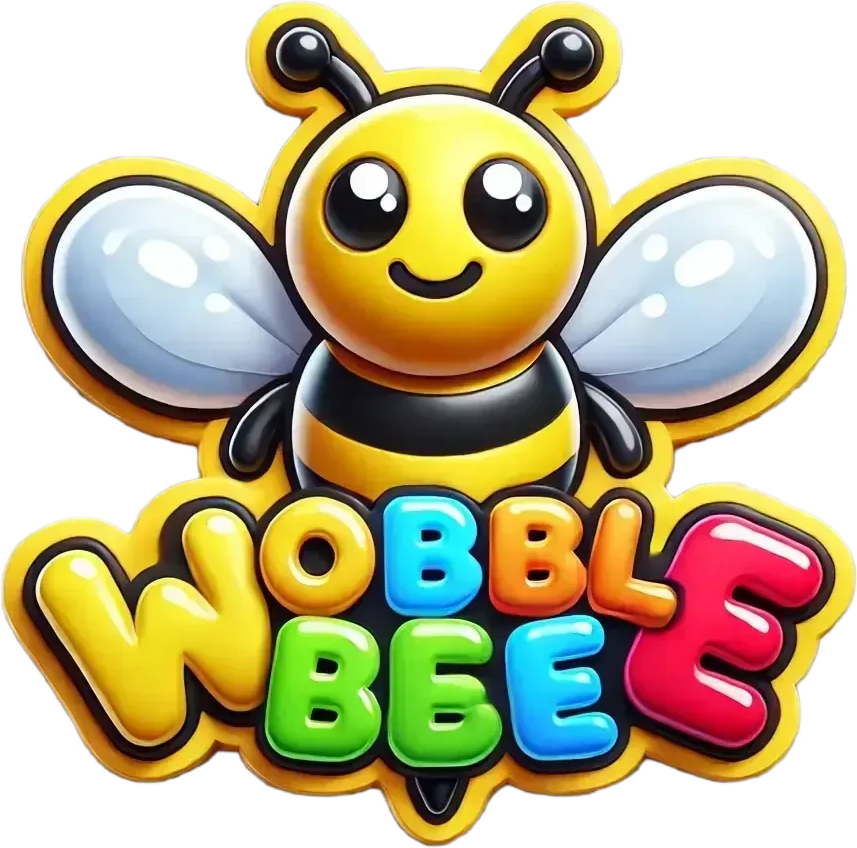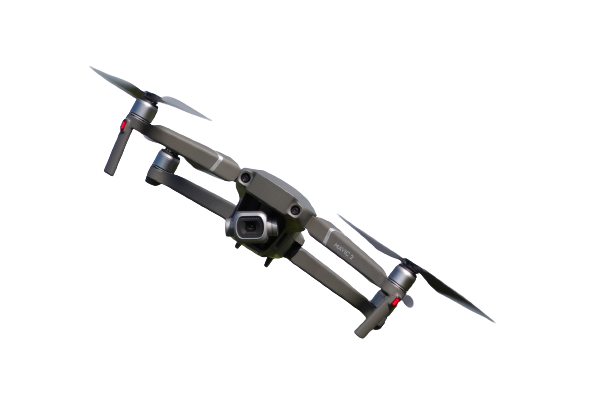Drones have become increasingly popular in recent years for a variety of applications, including photography, videography, and delivery services. One of the most common questions people ask about drones is how fast they can fly. The answer is not straightforward, as the speed of a drone can depend on several factors. In this article, we will explore the different types of drones, their capabilities, and how fast they can fly.
Table of Contents
- Introduction
- Types of Drones
- Fixed-Wing Drones
- Multi-Rotor Drones
- Single-Rotor Helicopter Drones
- Factors Affecting Drone Speed
- Drone Size and Weight
- Propulsion System
- Battery Life
- Environmental Conditions
- How Fast Can Drones Fly?
- Speed of Fixed-Wing Drones
- Speed of Multi-Rotor Drones
- Speed of Single-Rotor Helicopter Drones
- Conclusion
- FAQs
1. Introduction
Drones, also known as unmanned aerial vehicles (UAVs), are aircraft that are controlled remotely or autonomously. They come in different shapes and sizes, and their speed can vary depending on the type of drone and its purpose. Drones are used for various applications such as aerial photography, videography, surveillance, and package delivery.
2. Types of Drones
There are three main types of drones: fixed-wing, multi-rotor, and single-rotor helicopter drones.
– Fixed-Wing Drones
Fixed-wing drones have wings similar to airplanes, and they rely on lift generated by the wings to fly. They are typically used for long-range missions and can fly for extended periods. Fixed-wing drones can fly at high speeds and cover vast distances. They require a long runway to take off and land, making them unsuitable for use in confined spaces.
– Multi-Rotor Drones
Multi-rotor drones are the most common type of drone and are widely used for commercial and recreational purposes. They have multiple rotors and rely on their propellers to generate lift. Multi-rotor drones are highly maneuverable and can fly in confined spaces. They are suitable for various applications, including aerial photography and package delivery.
– Single-Rotor Helicopter Drones
Single-rotor helicopter drones have one rotor and are similar to traditional helicopters. They are highly maneuverable and can hover in one place. Single-rotor helicopter drones are suitable for applications that require high precision, such as aerial surveys and inspections.
3. Factors Affecting Drone Speed
Several factors can affect the speed of a drone, including its size and weight, propulsion system, battery life, and environmental conditions.
– Drone Size and Weight
The size and weight of a drone can affect its speed. Smaller and lighter drones tend to be faster than larger and heavier ones.
– Propulsion System
The propulsion system of a drone can also affect its speed. Drones can use different types of propulsion systems, such as electric motors, internal combustion engines, and jet engines. Electric motors are the most common type of propulsion system used in drones and can provide high speeds.
– Battery Life
The battery life of a drone can limit its speed and range. Drones with shorter battery life may have lower speeds and shorter flight times.
– Environmental Conditions
Environmental conditions such as wind speed and direction, temperature, and humidity can affect the speed of a drone. Wind can slow down a drone, while hot temperatures can reduce battery life and affect performance.
4. How Fast Can Drones Fly? (Continued)
– Speed of Fixed-Wing Drones
Fixed-wing drones can fly at high speeds, with some models capable of reaching speeds of up to 100 miles per hour (160 kilometers per hour). However, their takeoff and landing speed are typically slower than other types of drones. The speed of a fixed-wing drone can also be affected by wind speed and direction.
– Speed of Multi-Rotor Drones
Multi-rotor drones have a maximum speed of around 50 miles per hour (80 kilometers per hour). However, their speed can vary depending on the number of rotors, size, and weight. For example, smaller and lighter multi-rotor drones can achieve higher speeds than larger and heavier ones.
– Speed of Single-Rotor Helicopter Drones
Single-rotor helicopter drones can reach speeds of up to 60 miles per hour (97 kilometers per hour). However, their speed can be affected by factors such as wind speed and direction.
5. Conclusion
In conclusion, the speed of a drone can vary depending on the type of drone, its size and weight, propulsion system, battery life, and environmental conditions. Fixed-wing drones are the fastest, followed by single-rotor helicopter drones and multi-rotor drones. However, the speed of a drone is not the only factor to consider when choosing a drone for a specific application.
6. FAQs
- What is the fastest drone in the world?
The fastest drone in the world is the RacerX, which set a world record for the fastest drone speed of 179.6 miles per hour (289 kilometers per hour) in 2017.
- Can drones fly in the rain?
Most drones are not designed to fly in the rain due to the risk of damage to the electrical components. It is advisable to avoid flying drones in wet conditions.
- Can drones fly at night?
Some drones are equipped with night vision capabilities and can fly at night. However, regulations in some countries prohibit flying drones at night.
- How far can drones fly?
The range of a drone depends on several factors, including battery life, weight, and environmental conditions. Some drones can fly for several miles, while others have a more limited range.
- Do all drones have cameras?
Not all drones have cameras, but most commercial and recreational drones are equipped with cameras for photography and videography purposes.

